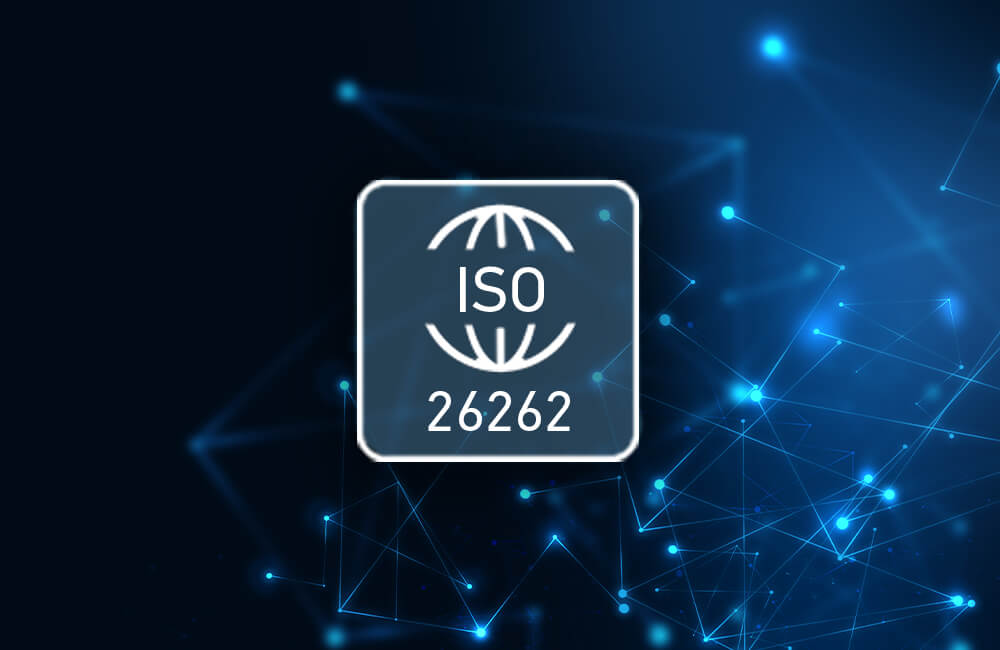|
|
|
|
|
|
|
|

Safety is no coincidence
Unlock, get in, drive off: most drivers blindly rely on safety-relevant components such as accelerator pedals, headlamps and rear lamps functioning reliably from day one to the end of the vehicle’s life. In order to meet these expectations, HELLA tests such components in accordance with the ISO 26262 standard.
The keypoints in short
- The requirements of ISO 26262 are significantly higher than those of the IEC 61508 series of standards
- The standard describes, among other things, four levels of safety requirements (ASIL levels)
- The requirements increase from ASIL A (e.g. rear lamps) to ASIL D (e.g. brakes)
HELLA products meet the highest safety standards
ISO 26262 forms a set of standards for the automotive industry - HELLA tests its products in accordance with these requirements. ISO 26262, for example, defines four levels of safety requirements for products, categories called the Automotive Safety Integrity Levels (abbreviated to ASIL). These are differentiated as levels ASIL A, B, C and D. The highest level ASIL D applies, for example, to airbags, power steering, brakes and other systems that must not fail under any circumstances. Cruise control has to meet the requirements of ASIL C. ASIL B applies to accelerator pedals, headlamps and stop lamps, and the lowest safety level ASIL A applies to rear lamps. Although these systems are also safety-relevant, their failure is considered to be less critical. The criteria used reflect the severity of the effect, the frequency of a particular driving situation and the ability of controlling such a malfunction (e.g. by the driver).
In addition to safety-critical components, there are also many other components found in vehicles that add, for example, to the comfort of the driver and passengers. These components are also developed at HELLA in a process that follows a standardised and repeatable methodology. The Intelligent Battery Sensor (IBS), for example, does not have an ASIL level, but is marked with the abbreviation QM denoting "Quality Managed".
Using ISO 26262 reduces safety risks
ISO 26262 was developed to improve the safety of electrical and electronic components. Certification therefore takes into account the entire safety-relevant life cycle, from the development of the product to its removal. All work steps have to be evaluated and documented. In particular, changes to the process that may affect the safety of the product must be assessed in detail. The basis for this is effective functional safety management. This allows potential errors and omissions to be detected in advance of any problems occurring.
The high safety requirements bring many advantages, especially for the vehicle passengers, who are better protected against accidents. But vehicle manufacturers also benefit from the reduced risks: process performance is increased. Throughput times of inquiries / complaints are reduced, productivity rises overall.
You can find more information about the product range here.

